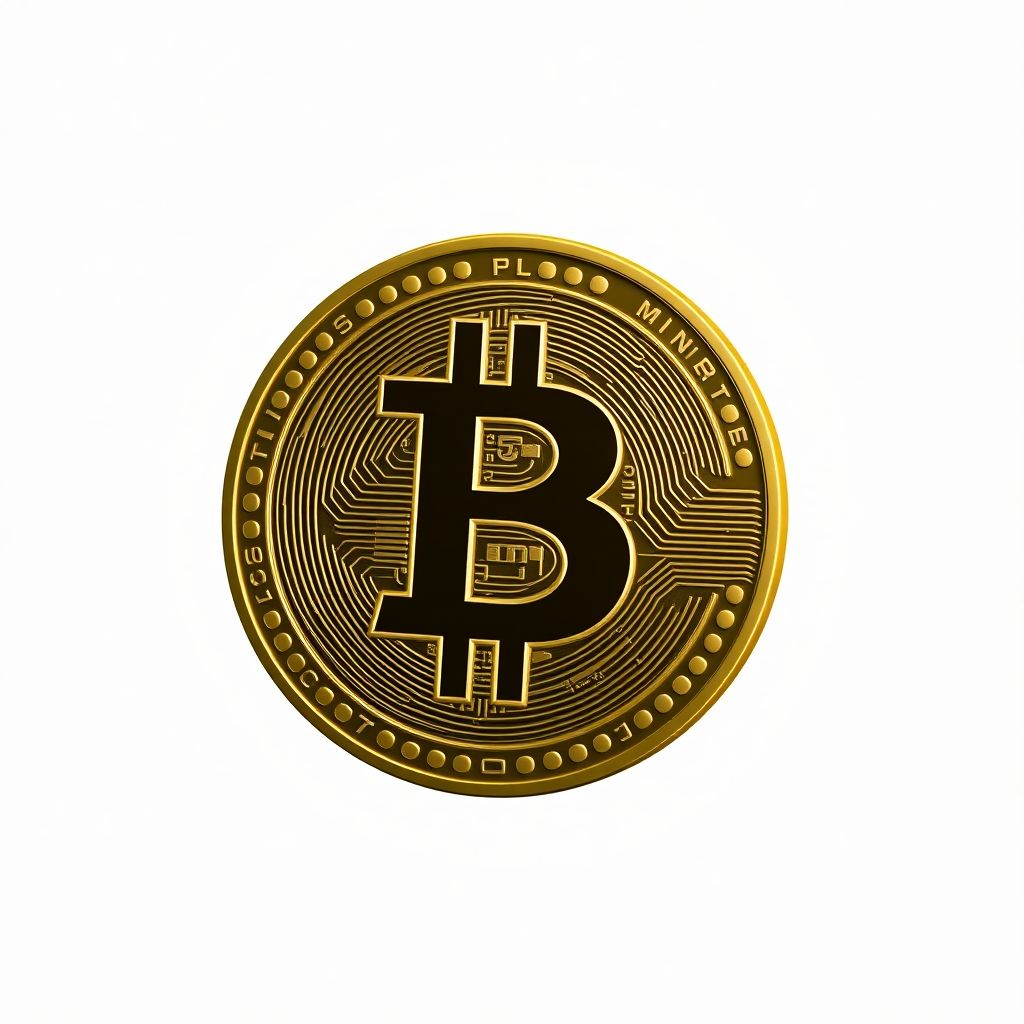Bitcoin mining giant MARA has reported its highest-ever third-quarter revenue, reaching $252.4 million — a 92% surge compared to the same period last year, when it posted $131.6 million. This unprecedented growth is largely attributed to the company’s rapidly scaling operations, which have resulted in a 98% increase in Bitcoin production year-over-year. During Q3 alone, MARA mined 2,144 BTC, bringing its total tally to nearly 53,000 BTC mined between 2024 and 2025.
Fred Thiel, CEO of MARA, attributed this leap in output to the company’s strategic integration of open-source artificial intelligence technologies. According to Thiel, these tools have proven to be more efficient and cost-effective than traditional GPUs, enabling companies like MARA to deploy advanced AI infrastructure within private cloud environments. This innovation not only streamlines operations but also cuts down on energy and hardware costs.
Supporting this claim, MARA’s CFO Salman Khan revealed that the company’s hash rate increased by approximately 20% in the past year, while the cost per petahash per day dropped by 15%. This dual improvement in efficiency and cost has allowed MARA to nearly double its mining capacity, further solidifying its dominance in the sector.
But MARA’s success is just one part of a broader trend in the crypto space, where institutional interest in Bitcoin is reaching new heights. Major players such as Citi, BlackRock, and JPMorgan have begun integrating Bitcoin into their financial systems, signaling a shift toward mainstream adoption. Meanwhile, data shows that over 353 institutional entities now hold more than 4.05 million BTC collectively, with accumulation growing by 4.12% in just the past month.
This institutional embrace of Bitcoin sets the stage for second-layer solutions like Bitcoin Hyper ($HYPER) to flourish. Designed to address Bitcoin’s scalability and transaction speed limitations, Bitcoin Hyper has emerged as one of the most promising altcoins in the current market. With a presale already surpassing $25.8 million, $HYPER aims to optimize Bitcoin’s performance by offering a faster, more scalable network architecture.
As a Layer 2 protocol, Bitcoin Hyper leverages advanced technologies like the Canonical Bridge and the Solana Virtual Machine (SVM) to overhaul Bitcoin’s infrastructure. The Canonical Bridge, in particular, solves the issue of delayed transaction confirmations by rapidly minting BTC into the Hyper layer once the Bitcoin Relay Program validates the transaction. This process takes just seconds, eliminating the notorious 7-transactions-per-second (TPS) bottleneck that has long plagued the Bitcoin network.
The inclusion of the Solana Virtual Machine further enhances the platform’s capabilities by enabling rapid smart contract execution and seamless DeFi integration. This positions Bitcoin Hyper not only as a complement to Bitcoin but also as a foundational layer for next-generation decentralized applications.
MARA is also making strategic moves to sustain and expand its role in the evolving crypto ecosystem. The company has entered into a long-term partnership with MPLX to secure access to low-cost natural gas in West Texas. This energy resource will power MARA’s expanding infrastructure, which is expected to reach an initial capacity of 400 megawatts — potentially scaling up to 1.5 gigawatts across three operational zones.
Fred Thiel emphasized the synergy between Bitcoin mining and AI, noting how the two technologies can co-exist to maximize energy utilization. While Bitcoin mining monetizes excess energy and stabilizes energy grids, AI inference turns this energy into actionable insights, making the best use of every megawatt-hour. Thiel sees this convergence as a key growth vector for MARA moving forward.
Looking ahead, continued institutional investment and the development of scalable Layer 2 solutions like Bitcoin Hyper are poised to redefine the cryptocurrency landscape. With Bitcoin’s current price struggling to hold above the $100,000 mark, innovations that enhance network performance and user experience are more critical than ever.
Moreover, the increased interest from governments and public corporations is likely to further entrench Bitcoin as a mainstream financial asset. As regulatory clarity improves and infrastructure matures, the use of Layer 2 networks such as Bitcoin Hyper could become standard across global financial systems.
Bitcoin Hyper’s architecture is also designed with future-proofing in mind. Its compatibility with decentralized finance (DeFi) protocols and smart contract platforms gives it an edge in a market where utility and scalability are paramount. By offering near-instant transaction finality and drastically reduced fees, it promises to open doors for microtransactions, cross-border payments, and enterprise applications on a scale previously unattainable with Bitcoin alone.
In essence, MARA’s record-breaking quarter is not just a milestone for the company but a reflection of the broader evolution underway in the crypto industry. The convergence of institutional capital, AI integration, and next-gen blockchain solutions like Bitcoin Hyper suggests a future where Bitcoin is not just a store of value but also a dynamic transaction layer powering global commerce.
This transformation is being fueled by both technological innovation and strategic investment, and MARA is positioning itself to be at the center of it all. With the infrastructure, partnerships, and vision to capitalize on these changes, the company is well-prepared to lead the next wave of crypto adoption.
As we progress toward 2026, the synergy between Bitcoin and complementary technologies like $HYPER will likely become one of the most important narratives in the crypto sector. Whether you’re an investor, developer, or institution, the message is clear: the Bitcoin ecosystem is evolving — and fast.

